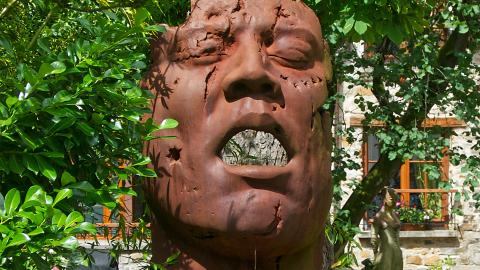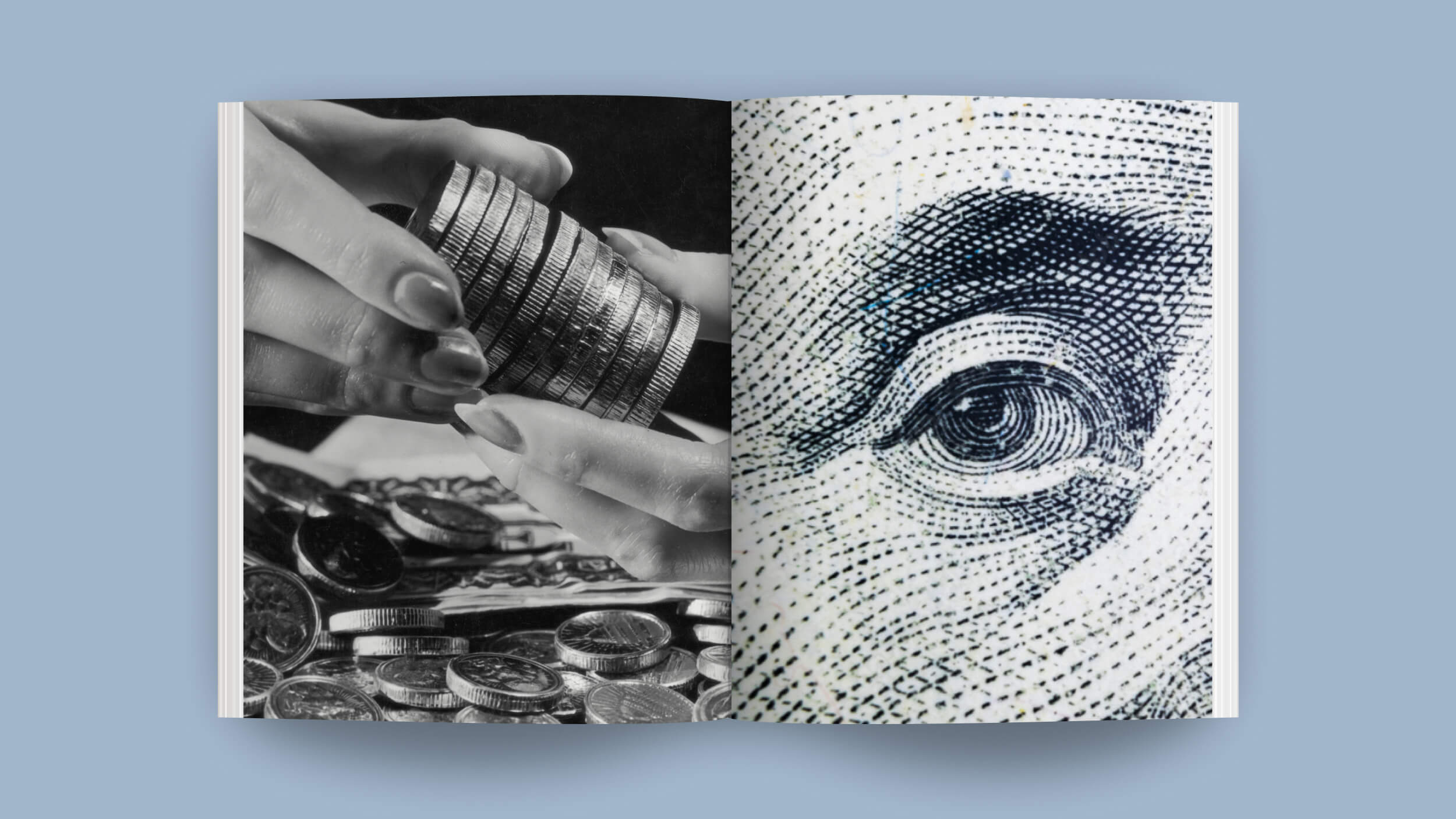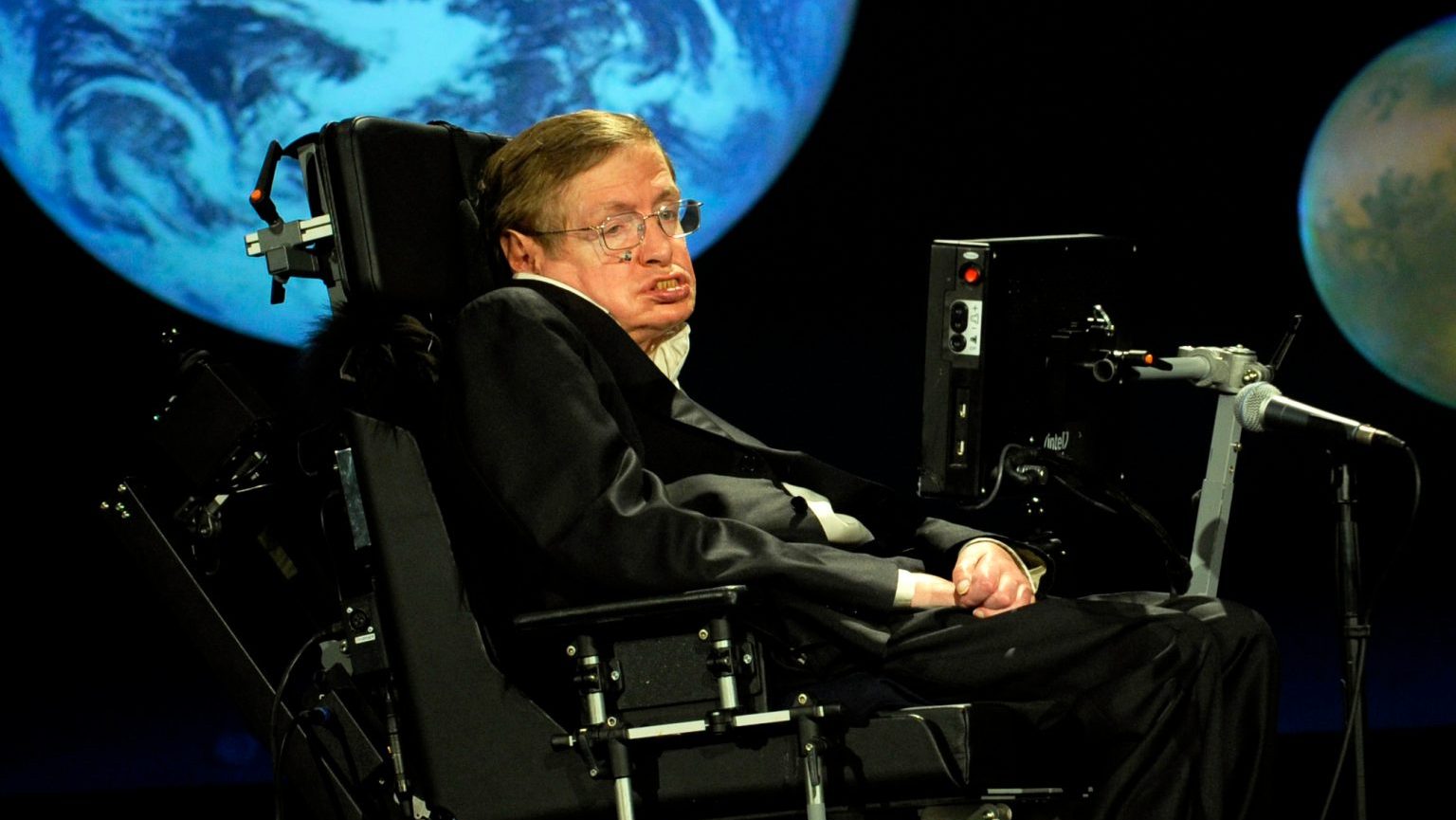The other moral in Frankenstein and how to apply it to human brains and reanimated pigs

Photo by Pascal Bernardon on Unsplash
- Two bioethicists consider a lesser known moral in Frankenstein and what it means for science today.
- We are still a ways from Shelley’s novel, but we are getting closer.
- They suggest that scientists begin thinking of sentient creations as having moral rights regardless of what the law says.
Compared to what we see in science fiction, most of our major advances in modifying organisms are actually rather dull. For example, despite being deemed “Frankenfoods,” genetically modified crops are typically changed in simple ways that make them hardier and easier to grow. We are still a long way from approaching the work of Dr. Frankenstein.
However, we are getting closer all the time. And exactly what we should do in the event that we create an organism with moral standing remains the subject of some debate.
Because of this, Dr. Julian Koplin of the University of Melbourne Law School and Dr. John Massie of The Royal Children’s Hospital in Melbourne wrote a paper discussing a lesser known ethical lesson of Frankenstein and how it might be applied to some of our more cutting-edge experiments — before we find ourselves asking what to do with artificially created sentient life.
The other moral in Frankenstein
The moral of Mary Shelley’s Frankenstein that most people are familiar with is, “Don’t play God,” or some variation of that theme. Most film and television versions of the story follow this route, perhaps most notably in the famous 1931 film adaptation starring Boris Karloff as the monster.
This take on the ethical lesson of Frankenstein may be more useful than the broad warning against hubris, as modern science is getting ever closer to creating things with sentience.
However, Shelly’s work covers many themes. One of them is that the real moral failure of Victor Frankenstein was not in creating his creature but in failing to meet or even consider the moral obligations he had to it. Thus, your pedantic friend who notes, “Frankenstein is the name of the doctor, not the monster,” is both annoying and correct. Frankenstein never bothered to name his creature after bringing it into the world.
That’s not the only thing Frankenstein failed to give the creature. The authors explain:
“…the ‘monster’ had at least some degree of moral status — which is to say, he was the kind of being to which we have moral obligations. Frankenstein refused to recognize any duties towards his creation, including even the modest duties we currently extend towards nonhuman research animals; Frankenstein denied his creature a name, shelter, healthcare, citizenship, or relationships with other creatures of its kind. In so doing, Frankenstein wronged his creation.”
The Creature, as the monster is sometimes known in the novel, differs greatly from how most films depict him — uncoordinated, stupid, and brutish. He learns to speak several languages, references classic literature, and reveals that he is a vegetarian for ethical reasons. Before he spends his time devising a complex revenge plot against his creator, his primary desire is for companionship. He is also quite sensitive. Even if he is not entitled to the same moral standing as other humans, it seems intuitive that he has some moral standing that is never recognized.
This take on the ethical lesson of Frankenstein may be more useful than the broad warning against hubris, as modern science is getting ever closer to creating things with sentience.
Brain experiments are getting creepy and weird
One area of experimentation is the creation of human brain organoids that provide simplified, living 3D models of the brain. These organoids are grown with stem cells over the course of several months and are very similar to certain parts of the cortex. Scientists are doing this in their effort to better understand the brain and its associated diseases.
While it is unlikely that we have created anything complex enough to achieve consciousness, many researchers maintain that it is theoretically possible for an organoid to become conscious. Some experiments have already produced tissues that are light sensitive, suggesting at least a limited capacity for awareness.
In a turn toward a more literal reading of Shelley, a team of Yale scientists reanimated pig brains and kept some of them alive for 36 hours. While these revived brains neither were attached to pig bodies nor exhibited the electrical signals associated with consciousness, the study does raise the possibility that such a thing could be done. Other experiments seem to be based more on The Island of Dr. Moreau by H.G. Wells, including one in which monkeys were modified to carry a human gene for brain development. These monkeys had better short-term memory and reaction times than non-modified monkeys.
Where do we go from here?
The authors do not propose that we stop any particular research but instead consider the problem of moral standing. We should decide now what duties and moral obligations we owe to a sentient creature before the problem is literally looking us in the face.
While it is true that animal research is tightly regulated, nobody seems to have planned for reanimated pigs or monkeys with human-like intelligence. Though ethics reviews of experiments likely would catch the most egregious experiments before they venture into the realm of Gothic horror, they might miss a few things if we do not engage in some bioethical reflection now.
The authors suggest that we take two points from Frankenstein to guide us in drawing up new ethical standards: First, we should consider anything we create as existing on a moral plane no matter what the current regulations state. Exactly where a particular creature might fall on the moral spectrum is another question. (For instance, a reanimated pig brain does not have the same moral standing as a human being.)
Second, they remind us that we must try to avoid holding prejudice toward any moral beings that look or act differently than we do. In the novel, Dr. Frankenstein recoils in horror almost instinctively at what he created with monstrous results (no pun intended). We must be willing to consider atypical beings as potentially worthy of moral standing no matter how strange they may be.
Finally, they advise that every manipulated organism be treated with respect. This might be the most easily applied — had Victor Frankenstien respected the graves he looted to create his monster, none of the misfortune that followed would have befallen him.





